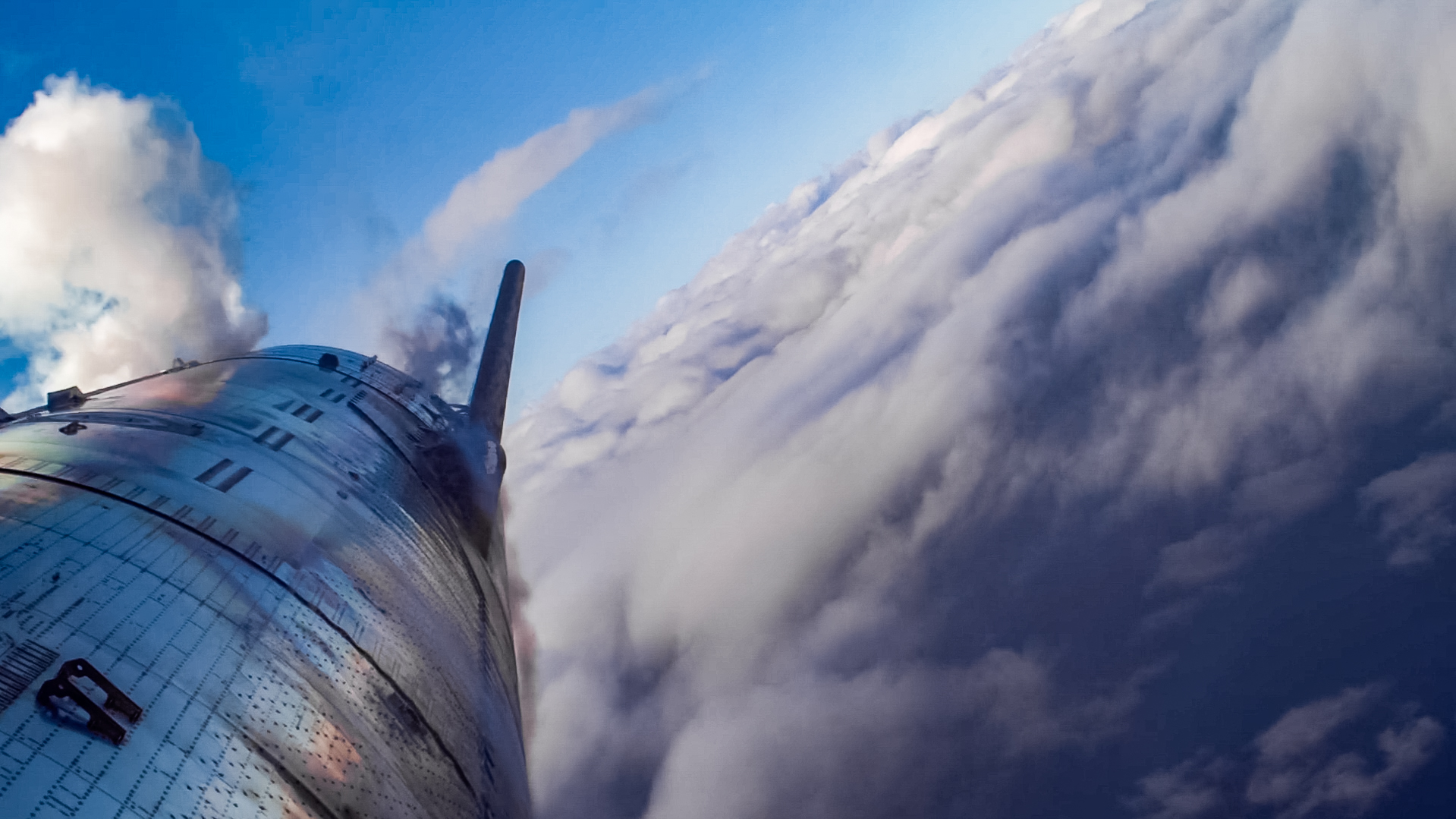How might Starship’s in-orbit refueling capabilities be leveraged for a mission to Jupiter’s moons?

Hey there, cosmic explorers! 🌌 Have you ever wondered how we could embark on ambitious missions to explore the intriguing moons of Jupiter—like Europa or Ganymede? One of the game-changers in this endeavor is SpaceX's Starship and its innovative in-orbit refueling capabilities. Let’s dive into how this technology can revolutionize our journey into the depths of our solar system! 🚀✨ #JupiterMissions
First, let's set the stage. Jupiter is a gas giant with a striking system of moons, over 79 in total! Among these, Europa is particularly captivating due to its hidden ocean beneath an icy crust, making it a prime candidate for astrobiological studies. However, getting there is no small feat. Starship’s capacity to refuel in orbit could effectively turn these distant moons into accessible destinations. 🌠💧 #ExploreEuropa
Starship is designed to perform in-orbit refueling, meaning it can receive additional fuel while already in space. This feature enables it to launch with payloads that can be fully utilized for long-duration missions instead of just for the journey to the Moon or Mars. Capable of carrying up to 100 tons (or 220,000 pounds) to Low Earth Orbit (LEO), its payload capacity could support a wide range of scientific instruments, robotic landers, and even crewed missions to study these fascinating moons. NASA's recent estimates suggest a potential mission to Europa could require around 17 kilometers per second (about 38,000 mph) in velocity to reach the moon, which Starship's refueling capabilities can help achieve. ⚙️🛰️ #Astrobiology
One of the most exciting aspects of this technology is that Starship can seamlessly transition from one mission profile to another. For example, after reaching LEO, a Starship could be refueled by another Starship equipped specifically for fueling, allowing it to undertake deeper space missions such as a multi-year expedition to the Jovian system. This capability would drastically extend the operational reach of missions and could facilitate complex maneuvers, such as gravitational assists from other celestial bodies. 🌍✨ #SpaceManeuvers
Moreover, leveraging in-orbit refueling allows missions to be significantly more cost-effective. Traditional methods require launches to be meticulously planned to minimize fuel use, curtailing the load of scientific equipment or crew. Starship alters this dynamic completely. With the ability to refuel, missions can carry larger payloads and include a more diverse array of research instruments, which could vastly enrich our understanding of Jupiter's moons. Imagine sending a suite of landers, drones, and orbiters—all prepared to study Europa’s ocean and its potential for life. 🦠💫 #FutureExploration
Lastly, using in-orbit refueling sets the stage for greater potential human exploration. The long-term goal is to establish a human presence on the Moon and Mars, setting off from these locations to further explore Jupiter’s moons. With a refueled Starship, astronauts could stay longer, conduct more thorough research, and perhaps even pave the way for a science colony on Europa. How exciting is that? 🌌👩🚀 #HumanSpaceflight
In summary, Starship's in-orbit refueling capabilities present an exceptional opportunity for unprecedented missions to Jupiter’s moons. By enhancing our payload capacities and extending mission durations, we stand at the brink of a new era in astrobiology and planetary exploration. Get ready, space enthusiasts; the quest for discovering life beyond Earth is just around the corner! 🌠🔭 #SpaceX #JovianExploration #Astrobiology
Image credit: SpaceX